Before HEMIs, Wedges, and Dual-Quads, before the inception of Chrysler Corporation, there were the Dodge Brothers. In 1900, Horace and John Dodge established a precision machining shop in Detroit. Their commitment to craftsmanship and a reputation for uncompromising quality soon led them to produce engine and chassis parts for Ford and Olds. In 1914, they unveiled their first creation, the Model 30, characterized by its all-steel body and innovative 12-volt electrical system. Little did they know that their legacy would eventually give rise to the iconic 1966 Dodge Charger, a powerhouse of the muscle car era.
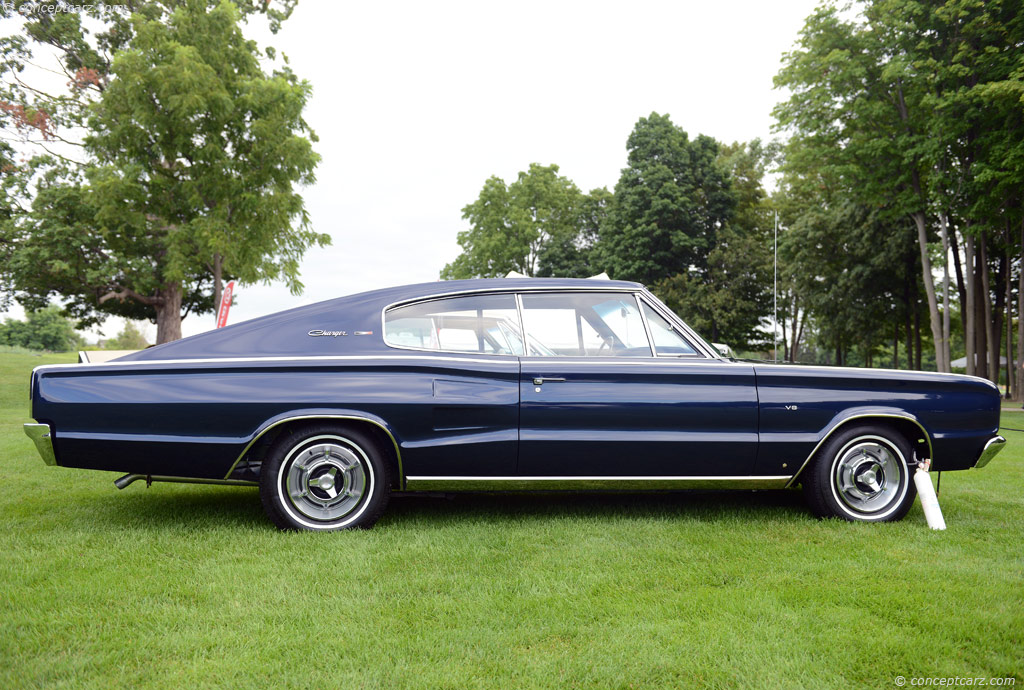
The Charger’s Humble Beginnings
The 1966 Charger emerged as a mid-size B-body Coronet, boasting a sporty fastback roofline, concealed headlights, and comfortable bucket seats. Under the hood, it offered a range of engines, from the modest 318 CID to the mighty 425 HP 426 Hemi. This versatile lineup appealed to a broad spectrum of muscle car enthusiasts, making the Charger a resounding success. It conquered NASCAR tracks and solidified Dodge’s position as a dominant player in the 1960s muscle car landscape.
A Labor of Love: Restoration and Refinement
The current owner of the 1966 Dodge Charger embarked on an ambitious journey of restoration. With unwavering dedication, he personally conducted extensive chassis work, meticulously rebuilt the 361 V-8 engine and TorqueFlite transmission, and masterfully applied a fresh coat of paint. While the car retains its original 3.23 gearset, the addition of new seals and wheel bearings ensures optimal performance. Although the Charger maintains its drum brakes, the inclusion of a dual master cylinder and power brakes enhances safety and drivability.
The ‘Boss Hoss’ Era
Advertising for the 1966 Hemi Charger aptly dubbed it the ‘Boss Hoss.’ This nickname was well-deserved, given the engine’s meteoric rise to fame on racetracks nationwide since 1964. Now, it was ready to power production street models. Inspired by an auto show prototype, the 1966 Charger featured a striking full-length console, a luminous turbine-pod dash cluster, and the signature fastback roofline. With potent engines under the hood, the Charger marked Dodge’s distinct entry into the muscle car arena.
Evolution of the Charger
From Concept to Reality
What we now know as the Charger initially took shape as a styling concept displayed at auto shows in 1964. The 1965 Charger II concept car followed, building anticipation for the production version that arrived in 1966. This production model bore a remarkable resemblance to the Charger II Concept, capturing the hearts of car enthusiasts.
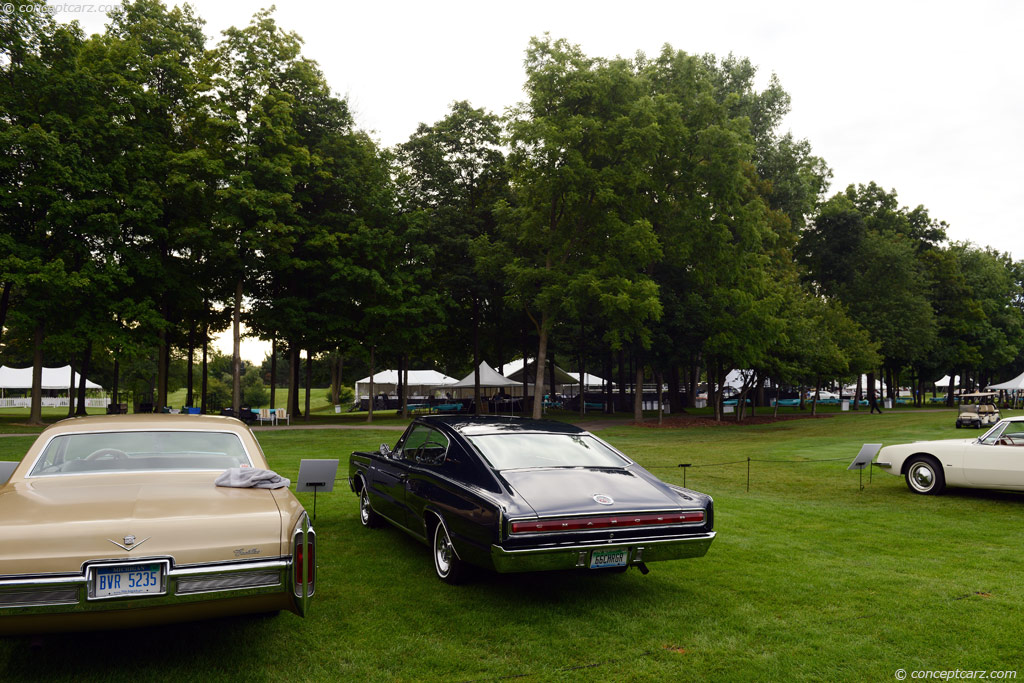
Design Innovations
The 1966 Charger rode on the reliable Coronet chassis and shared its essential components. Its exterior featured iconic elements, including concealed headlights, full-width taillights, a convex grille adorned with vertical bars, and a prominent Charger crest at the center. Inside, the fastback hardtop accommodated four occupants, with rear bucket seats that could fold individually to create additional luggage space. The instrument panel was a unique creation, housing four large round pods with comprehensive instrumentation. The floor shift, available in both standard and automatic options, was nestled within a full-length console positioned between the front and rear seats.
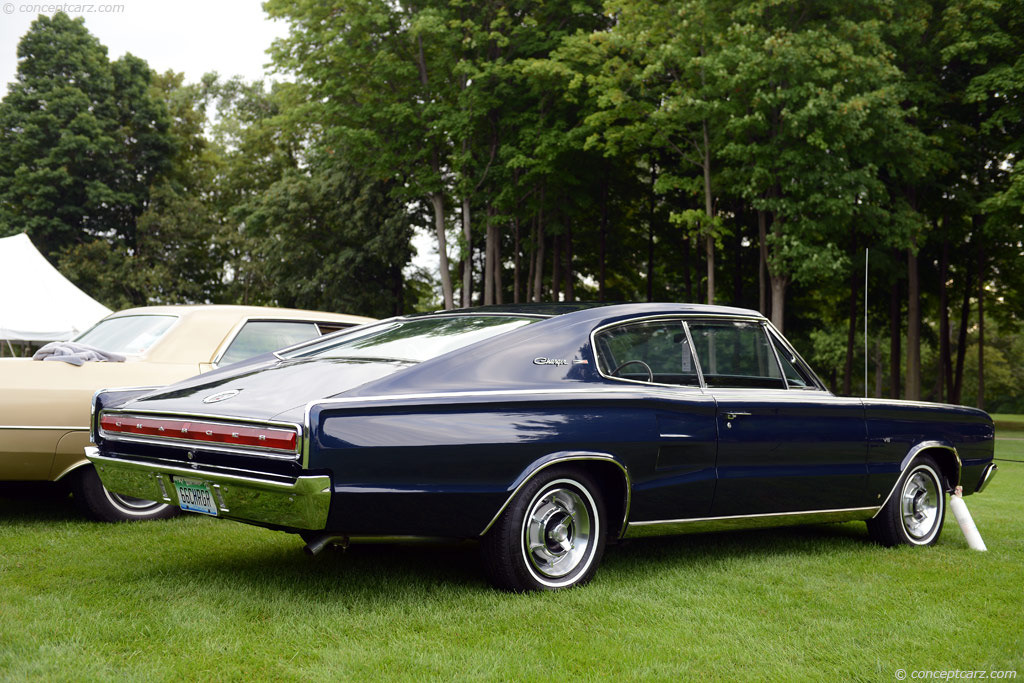
Ongoing Evolution
In 1968, the Chrysler B platform underwent a redesign, bringing several updates to the Charger. The powertrains remained consistent with those from 1967, but a notable addition was the availability of the 225 CID slant-6 engine in mid-1968. Subsequent generations of the Charger continued to evolve, with the 1971 model year seeing modifications to meet new safety and emissions standards. A fourth generation persisted from 1975 to 1978. Upon its return in mid-1981, the Charger took on a new identity as an economy subcompact hatchback coupe with front-wheel drive.
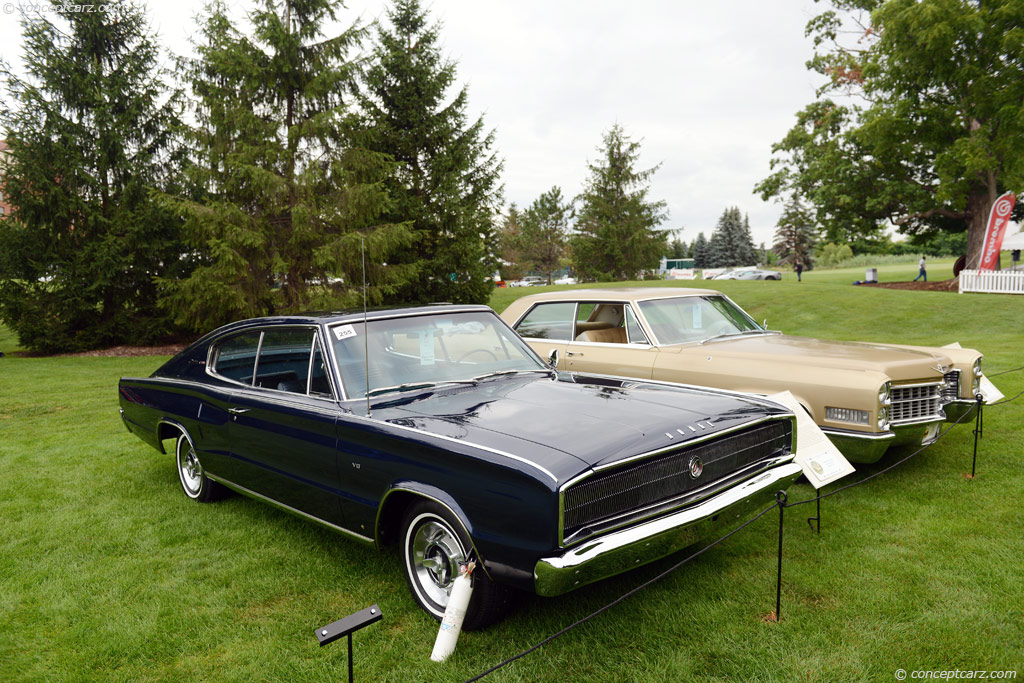
1966 Dodge Charger Specifications
The 1966 Dodge Charger two-door hardtop (fastback) was built on the Chrysler B platform, boasting a 117-inch wheelbase, a width of 75.8 inches, and an overall length of 203.6 inches.
Powerhouse Engines
Engine options included a two-barrel 318 cubic-inch V8, delivering 230 horsepower at 4,400 RPM. The 361 CID V8 featured a Carter two-barrel carburetor, producing 265 horsepower at 4,400 RPM. The four-barrel 383 cubic-inch V8 offered 325 horsepower at 4,800 RPM, while the top-of-the-line 426 Street Hemi, found in only 468 Chargers, boasted an impressive 425 horsepower at 5,600 RPM. These engines defined the Charger’s legendary performance.
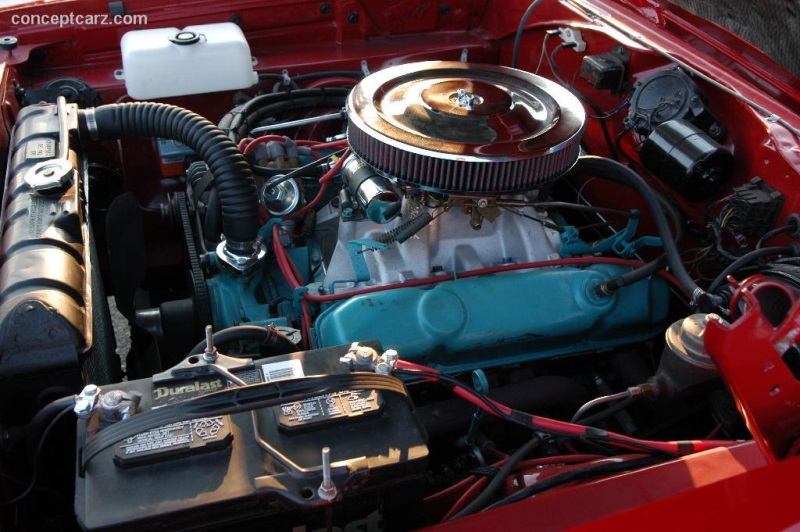
Transmission Choices
Transmission options encompassed an A230 three-speed manual, an A833 four-speed manual, and a TorqueFlite three-speed automatic. The three-speed manual, found in base models, was column-mounted, while the four-speed manual was console-mounted, offering a more engaging driving experience.
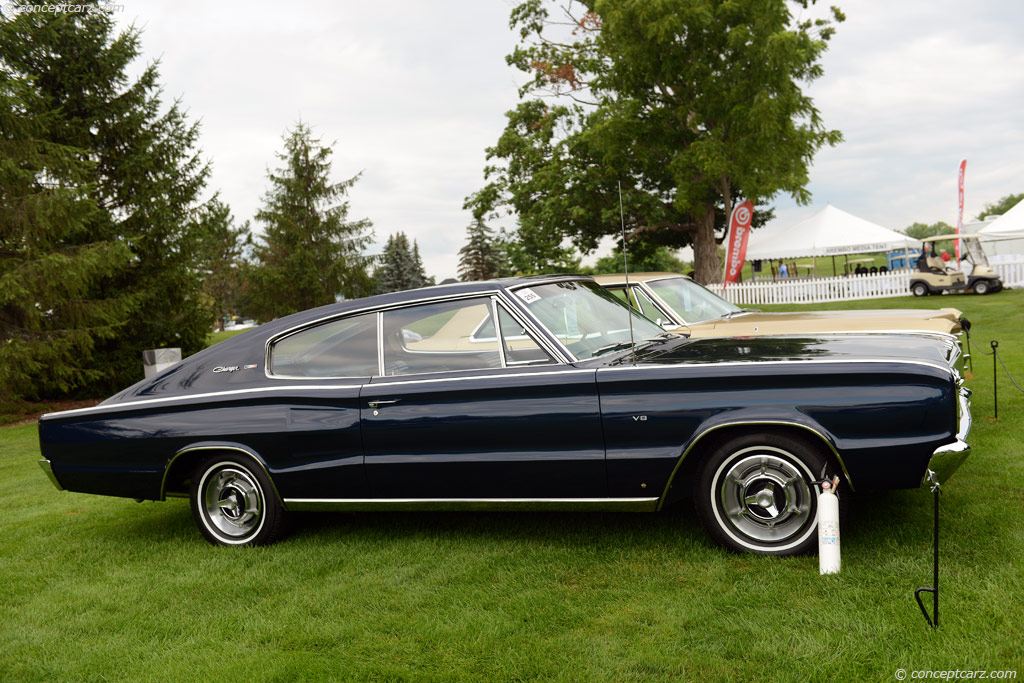
NASCAR Dominance
The 1966 Dodge Charger entered the world of NASCAR, yet its aerodynamics posed challenges on high-speed tracks. To address this, Dodge introduced a small lip spoiler on the trunk lid to enhance traction at speeds exceeding 150 mph. This innovative feature later became a dealer-installed option in late-1966 and into 1967, making the 1966 Charger the first U.S. production vehicle to offer a spoiler.
Racing Glory
In 1966, David Pearson piloted the #6 Cotton Owens-prepared Dodge to victory in the NASCAR Grand National Championship. With fifteen first-place finishes out of forty-nine events, Pearson showcased the Charger’s capabilities on the racetrack. One memorable victory occurred at the Capital City 300 in Richmond, VA, solidifying the Charger’s racing legacy.
In conclusion, the 1966 Dodge Charger stands as a symbol of American automotive excellence, blending power, style, and innovation. Its journey from concept to production, its remarkable design features, and its dominance on racetracks continue to captivate enthusiasts and cement its place in muscle car history.
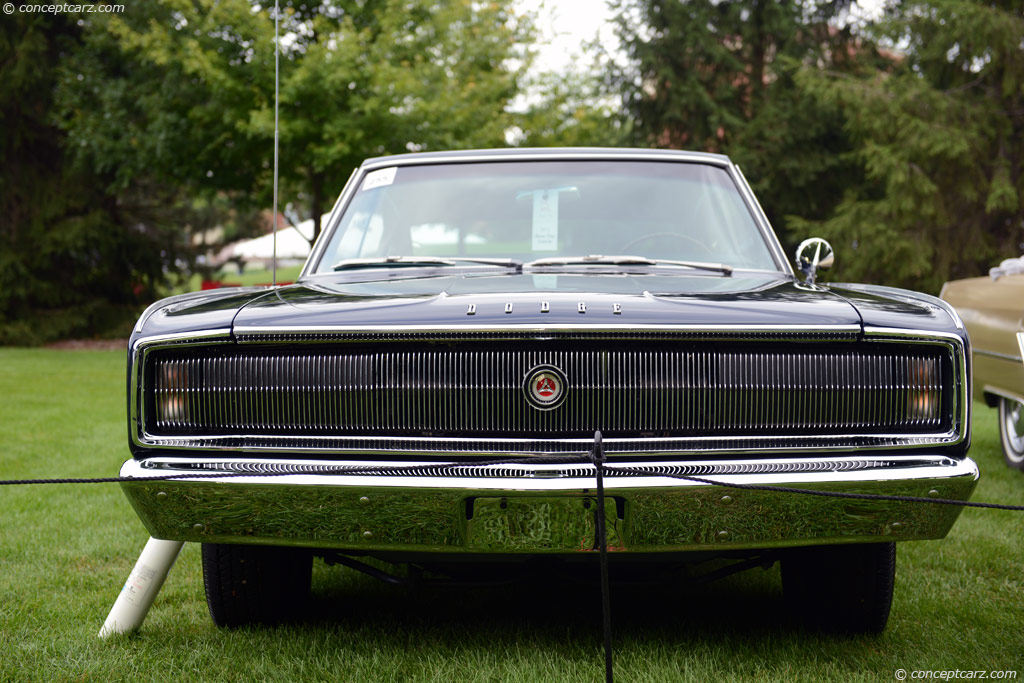
FAQs (Frequently Asked Questions)
- What makes the 1966 Dodge Charger a classic?
- The 1966 Dodge Charger is a classic due to its iconic design, powerful engine options, and success in NASCAR racing, making it a symbol of the muscle car era.
- How rare is the 426 Street Hemi engine in the 1966 Charger?
- The 426 Street Hemi engine was found in only 468 1966 Chargers, making it a highly sought-after and rare feature.
- What innovations did the 1966 Charger bring to the muscle car market?
- The 1966 Charger introduced hidden headlights, a full-length console, and a fastback roofline, setting new standards for style and performance in the muscle car market.
- Was the 1966 Charger successful in NASCAR racing?
- Yes, the 1966 Charger achieved success in NASCAR racing, with David Pearson winning the NASCAR Grand National Championship and contributing to its racing legacy.
- How did the 1966 Charger influence the future of Dodge and muscle cars?
- The 1966 Charger played a pivotal role in establishing Dodge as a prominent player in the muscle car industry and set the stage for future high-performance models.